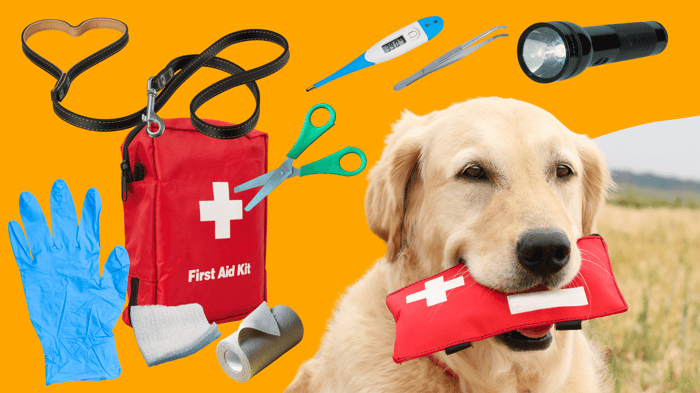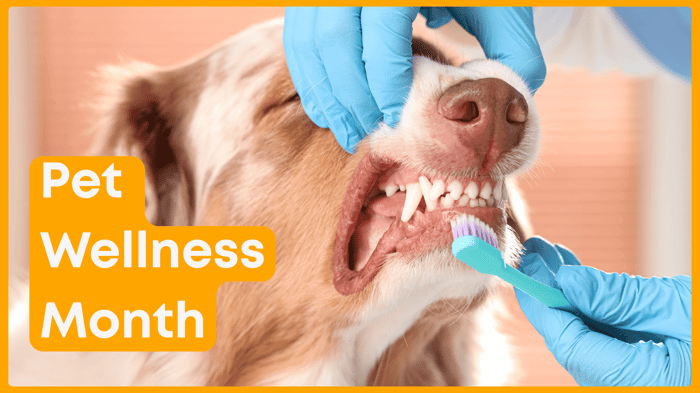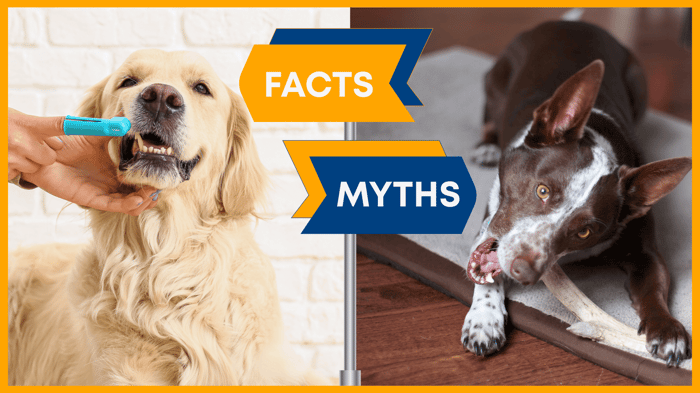Table of Contents
Pets are experts at hiding pain. Even when something feels off, most dogs and cats will keep wagging, purring, or playing like nothing is wrong. That’s because, in the wild, showing weakness could make them vulnerable. This instinct is still strong today—making it tough for pet parents to know when their furry friends are uncomfortable. That’s exactly why Animal Pain Awareness Month exists.
Each September, it’s a reminder to look closer, notice the small changes, and learn how to support your pet’s well-being every day.
In this blog, we’ll talk about how pets cover up pain, sneaky signs you can watch for, and ways to help your cat or dog live more comfortably.
Why Pets Hide Pain
Dogs and cats are natural survivors. To them, acting “normal” is safer than letting others know they’re hurting. Instead of limping, whining, or refusing food right away, pets often adjust their behavior little by little.
Because of this, it’s common for pet parents to miss the early clues. By the time the signs are obvious, your pet may have been dealing with discomfort for weeks or even months.
That’s why paying attention to subtle changes matters.
Sneaky Signs Your Pet May Be in Pain
Every pet is different, but here are some common signals that your dog or cat might be covering up discomfort:

Changes in appetite – Eating less, dropping food, or chewing on one side of the mouth.
Different grooming habits – Cats may stop grooming or lick one spot too often.
Mood shifts – A normally friendly pet might become irritable or withdrawn.
Less energy – Sleeping more, avoiding stairs, or hesitating before jumping.
Movement changes – Stiffness after naps, slower walks, or limping that comes and goes.
Oral clues – Bad breath, pawing at the mouth, or avoiding chew toys.
Noticing these subtle behaviors early can help you step in before discomfort becomes a bigger challenge.
Oral Health and Hidden Pain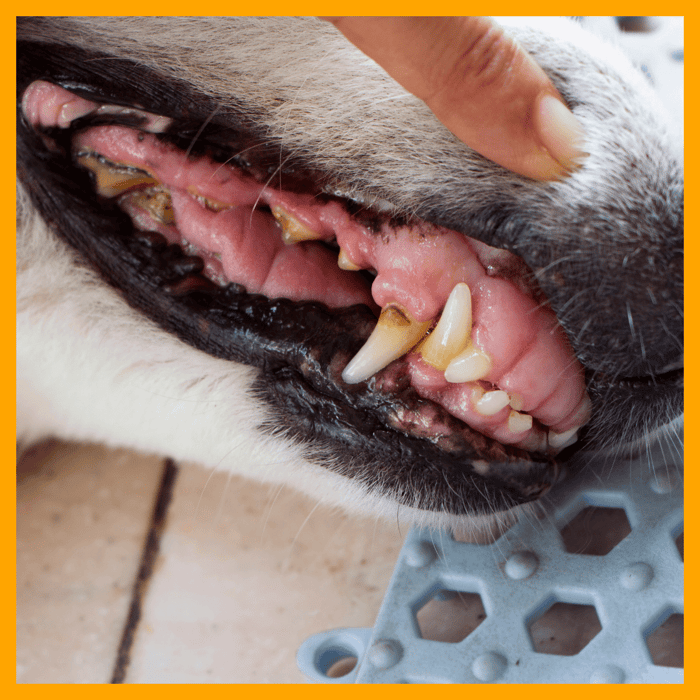
One of the most overlooked sources of pain in pets is the mouth. Plaque, tartar, and bacteria buildup don’t just cause bad breath—they can make chewing or even resting uncomfortable. Because pets rarely cry out in pain, many families don’t realize their dog or cat is struggling until the issue is advanced.
Supporting gum health daily is one of the easiest ways to help reduce this hidden source of discomfort.
Joint Health and Mobility
Another common area where pets hide pain is their joints. Whether it’s stiffness after a long nap or hesitation before going up the stairs, mobility changes are often subtle at first. Many pets simply slow down rather than showing obvious signs of soreness.
Keeping joints comfortable and flexible supports not just physical health but also your pet’s happiness—because feeling good means more playtime, longer walks, and cozy cuddles.
How 1-TDC Can Help
This is where daily care with 1-TDC (1-TetraDecanol Complex) can make a difference. Unlike chews or toys that mainly address the surface of the teeth, 1-TDC works deep in the gums, where oral health challenges often begin. Pets love the taste, and it’s simple to use—just squeeze the softgel on your pet’s gums or let them chew it.
Here’s how 1-TDC helps support pets during Animal Pain Awareness Month and beyond:
Oral health – Creates a healthier environment in the mouth by supporting gum tissue.
Joint comfort – Promotes mobility so pets can stay active at every age.
All ages – Perfect for senior pets who may already show signs of slowing down, and for younger pets as a proactive daily routine.
With consistent use, 1-TDC helps pets feel more comfortable, so their playful, loving personalities can shine.
Tips for Supporting Your Pet Every Day
Beyond adding 1-TDC to your pet’s routine, here are some simple ways to help spot and ease discomfort:
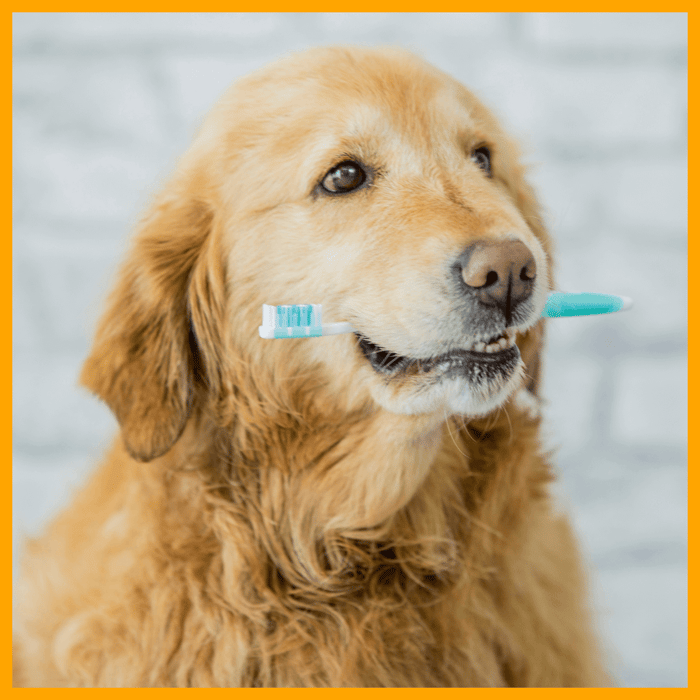
Do a weekly check-in. Look at your pet’s mouth, watch their walk, and note any behavior changes.
Stay active. Gentle exercise keeps joints moving and supports overall well-being.
Regular cleanings. Professional dental cleanings and daily home care work best together.
Comfortable spaces. Soft bedding, ramps, or raised food bowls can make a big difference.
Track small changes. Write down new habits or quirks—sometimes patterns reveal what your pet can’t say.
Final Thoughts
Animal Pain Awareness Month is about giving pets a voice when they can’t speak up for themselves. Our dogs and cats may not show discomfort in obvious ways, but by learning the signs and supporting their oral and joint health daily, we can help them live happier, more comfortable lives.
With a little extra attention—and daily support from 1-TDC—you’ll have peace of mind knowing you’re doing your best to keep your furry friend feeling good for years to come.
1-TDC Oral Health + Mobility Support for Dogs
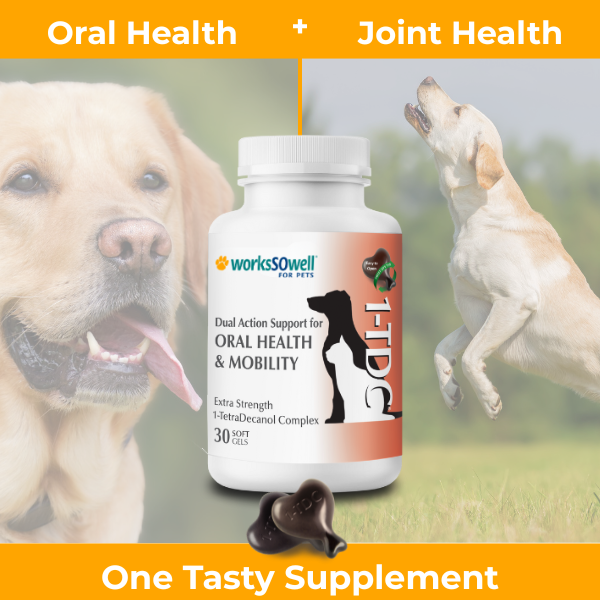
$32.00
Keep your pet Happy, Active & Comfortable from Head-to-Tail with 1-TDC. This unique supplement is SO effective that it is recommended by TOP Veterinary Experts worldwide to maintain and improve your pet’s health in 4 important areas: Oral Health….… read more





